|
HOME: www.hiltonpond.org |
|||
THIS WEEK at HILTON POND Subscribe for free to our award-winning nature newsletter (Back to Preceding Week; on to Next Week) |
All text, maps, charts & photos © Hilton Pond Center SPRINGTIME CHORES The arrival of spring at Hilton Pond Center is heralded by at least two things: The breathtaking sight of snowy white Flowering Dogwoods, Cornus florida, against deep blue skies (above), and the onerous task of getting trails back in shape after winter wind and rain deposits countless leaves, pine needles, and tree limbs across our winding paths. In 1982 when we came to what is now the Center it was an old farm that had not been grazed, planted, or mowed in at least a year, and we determined early on we were NOT going to devote time and energy to cutting 11 acres of grass. Instead we laid out a trail system that twists and turns for 2.5 miles--a significant accomplishment on so small a plot--and let things go. These trails now take us to every micro-habitat on the acreage, from a small lawn around our old farmhouse to a bottomland swampy area to the margins of two ponds. In the old days we cut and moved our trails with a push mower--remember, that's 2.5 miles!--but soon gave in to the need for a riding mower with a 38-inch deck that dictated that measure as trail width. Through the years, vines and shrubs and trees have replaced the original grassland until most trail sections now pass through a young mixed forest of hardwoods and evergreens. All that is quite nice, but instead of cutting 11 acres of grass we are faced each spring with clearing winter deadfall from all 2.5 miles of trails. Given a choice, we'd opt for the latter, so that's what we've been doing the last fortnight in March.
All text, maps, charts & photos © Hilton Pond Center This year we had one other property maintenance issue to deal with at the Center: The restoration of two small meadows that had gotten overgrown the past few years. The first was Billy's Meadow, so called because first-born son Billy Hilton III did high school field research there that twice sent him to the International Science Fair. On this plot Billy studied distribution and home range of small mammals by live-trapping, color-marking, and releasing them during three winters.
All text, maps, charts & photos © Hilton Pond Center During the second half of March we spent about two hours every non-rain day with electric chain saw, lopping shears, and hand pruners, beheading each sapling at ground level. This was a lot of cutting and bending and admittedly hard work. By month's end, however, we had eliminated the above-ground Sweetgum components--we weren't about to dig up or poison the roots--along with some other seedlings (mostly Eastern Red Cedar, Red Maple, and Winged Elm). We left behind a Flowering Dogwood and came in with riding mower to cut down remaining herbaceous growth (see results above). We're hoping this year in the absence of woody plants our meadow flora will return, especially Goldenrod and the various asters that attract late summer and autumn pollinators. Note that the meadow is intersected by a couple of well-mowed grassy trails that will be useful as new vegetation comes up along the edges.
All text, maps, charts & photos © Hilton Pond Center Thankfully, restoring the Center's second mini-meadow was far easier than the first. This particular microhabitat--named Wes's Meadow because beloved brother-in-law Wes Ballard always liked to hang out there--was still mainly open at ground level, but in the past ten years a Winged Elm, Ulmus alata, at meadow-center had taken over and blocked out sunlight needed by meadow vegetation. Once again employing the electric chain saw--our cutting tool of choice because it's essentially noiseless and non-polluting--we zipped through the 8" elm trunk at breast height (above) and watched with appropriate respect as it toppled. The 30-foot elm didn't fall all the way to the ground but was held aloft by surrounding cedars, so we had to lop off the limbs and start a new brush pile at the edge of the meadow. (Let's see, that will be about the 57th brush pile we've established at the Center--a much better way to deal with tree limbs than burning or hauling to the landfill.)
All text, maps, charts & photos © Hilton Pond Center Dismantling the Winged Elm required only a day's work but it made significant impact on Wes's Meadow, creating what we call a sizeable "hole in the sky" (above) that will allow unfiltered sunlight to get all the way to the ground. Again, this light will fuel photosynthetic engines of wildflowers and other flora that add to plant diversity at Hilton Pond Center. One bonus in opening up this particular meadow: Next winter we can again try running mist nets there at night to capture Northern Saw-whet Owls--a project that has lapsed in recent years.
All text, maps, charts & photos © Hilton Pond Center Along with trail-clearing and meadow-making at the Center, in March we continued our never-ending effort to eliminate invasive non-native plants from our 11-acre property. This is indeed an on-going task, in part because invasives do such a good job of growing fast, propagating, and--well--invading. One plant we're going after with a vengeance is Nandina domestica (AKA Heavenly Bamboo, above). This shrub was brought from Asia shortly after 1800; it propagates freely via seeds and shoots off the main stem and can form dense monocultures. Documented individuals have lived at least 100 years. It was first planted by previous owners of our property and continues to show up every year as sucker shoots and after birds spread seeds in their droppings. Although Nandina has attractive fruit and foliage, we STRONGLY recommend homeowners AVOID installing it as part of their landscaping scheme--primarily because all parts of the plant contain cyanide and are potentially toxic. Ornithological studies have shown Cedar Waxwings, Northern Mockingbirds, and American Robins are especially susceptible to poisoning and can die after eating quantities of Nandina fruit in winter. (The berries also have been shown to be toxic to cats and livestock.) Some dwarf cultivars of Nandina do not produce berries, but the foliage is still potentially poisonous to grazers. Better to avoid the plant entirely than to cause mortality in pets and wildlife. Several native shrubs--Catawba Rhododendron, Red Buckeye, endemic Viburnums, etc.--are good alternatives.
All text, maps, charts & photos © Hilton Pond Center Our final maintenance duty during late March was necessitated by our concern for cavity nesting birds at Hilton Pond Center. Last year Costa Rica friend and colleague Ernesto M. Carman visited with us and discovered Brown-headed Nuthatches flying in and out of an old hardwood snag on the west bank of the pond. Over the winter the snag sheared off and ended upside down in shallow water (above left); the nest hole is barely visible at what is now the top end. Brown-headed Nuthatches are a species of some concern--their primary breeding habitat in mature Southeastern pine forests is disappearing--so many folks are putting out nest boxes specifically for this diminutive bark-gleaner. Normally we like to construct our own boxes, but for the sake of expediency--nutchatches are already starting nests at this latitude--we went to a local store and spent ten bucks on a Pennington bluebird box made from rot-resistant cedar (above right). These particular boxes are well-constructed and quite inexpensive (don't pay the $40 on-line price from various vendors!) and have been used at the Center by Eastern Bluebirds, Carolina Chickadees, and Eastern Tufted Titmice; one was even explored last year by a male Prothonotary Warbler before bluebirds kicked him out. Knowing Brown-headed Nuthatches are site-faithful, we nailed the box to a Sweetgum trunk as close as possible to where the old nest had been. With a little more time we would have "smallerized" the nest box opening from 1.5 inches to an inch or one-and-one-eighth inches to bar occupancy by larger birds such as bluebirds and Carolina Wrens. It will be interesting to see whether those Brown-headed Nuthatches make use of our effort to provide housing with an artificial cavity.
All text, maps, charts & photos © Hilton Pond Center One organism needing no help with nest-building is Eastern Tent Caterpillar, Malacasoma americana. This native species spends winter in a weather-resistant egg case that hatches in very early spring, releasing a ravenous horde of tiny caterpillars that soon build a communal web nest in the crotch of a tree. At Hilton Pond Center the larvae seem to prefer Black Cherry, Prunus serotina, whose succulent new leaves provide energy-rich forage. Each caterpillar eats and grows and goes through several molts, eventually becoming a two-inch individual (above) covered with long bristles that make them unpalatable to most birds. (Yellow-billed Cuckoos eat hairy caterpillars, but they're not back from migration this early, so that leaves the larvae to Blue Jays that don't seem to mind the fuzz.) One tall cherry sapling outside our office window has two caterpillar nests on its branches, which means the larvae will probably defoliate it completely. Never fear, however; the resilient tree will have time to make a whole new set of leaves when the larvae pupate and before summer comes. (CAVEAT: If a tree loses all its leaves too many springs in a row, it can become weakened enough to die.) Some homeowners are appalled by Eastern Tent Caterpillar infestations and try to eradicate them, but since they're a native species we prefer at Hilton Pond Center to let nature take its course.
All text, maps, charts & photos © Hilton Pond Center After all that work clearing trails, re-opening meadows, hanging nest boxes, and watching tent caterpillars, we fell back each day to the old farmhouse to watch birds through the back window. One obvious species this March at the Center's feeders has been a male American Goldfinch whose winter plumage was far duller than new feathers he is acquiring. The male above literally shines in the afternoon sunas he gobbles down yet another black oilseed we make available on a constant basis. Curiously, goldfinches do not breed around these parts until August or so but go through full body molt relatively early in the year.
All text, maps, charts & photos © Hilton Pond Center When we weren't out working on the property, we also ran a few traps around the old farmhouse. Late March is typically a slow time of the year for banding, with winter finches already winging their way back north and spring migrants not yet arriving en masse from the Neotropics. Nonetheless, we usually catch a few birds each day, so it's always a good idea to deploy a trap or two. This strategy paid off on the last day of March when we caught a Field Sparrow (FISP, above). Although some folks find this species to be commonplace, we were quite excited to have one in-hand at Hilton Pond Center. Closely related Chipping Sparrows--with their bright, rusty-colored caps, bi-colored dark bills, and distinctive eye lines--have been present in good numbers since late winter (33 banded since 1 January), but this was the first FISP of the year and, in fact, the first we've banded locally since early 2012. As shown above, Field Sparrows have a more subtle appearance than chippies, with pale rusty cap, a light gray face but no eye lines, and a prominent pinkish bill. If banding records at Hilton Pond are an accurate indication, Field Sparrows (just 291 in 35 years) really are much less common in the world than Chipping Sparrows (2,085 banded).
All text, maps, charts & photos © Hilton Pond Center On sunny spring days in late March, it's almost impossible to stay in the office or around the old farmhouse--even when we could be catching more birds in traps. With trail work completed, it's fun to just wander about watching the new season progress, especially when those Flowering Dogwood trees unfold white bracts to reveal yellow flowers that, this year, have been sought after by unusually large numbers of Tiger Swallowtails (above). This species, Papilio glaucus, occurs throughout the eastern half of the U.S. spring through fall and produces two or three broods that makes it our most common butterfly at Hilton Pond Center. Males are all yellow and black, but females like the one above have metallic blue scales on their hind-wings. (A small proportion of female Tiger Swallowtails are black instead of yellow.) Despite our swallowtails' behavior, dogwoods are not considered to be their preferred nectar source; they're known instead to favor the flowers of Black Cherries and Tulip Trees, among others. Perhaps the Center's dogwoods were so prolific this year during the second half of March they provided too good a food source to pass up while we completed our spring chores. All text, maps, charts & photos © Hilton Pond Center
All text, maps, charts & photos © Hilton Pond Center Operation RubyThroat Note: Having been invited to be keynote speaker at the annual South Georgia Native Plant & Wildflower Symposium, I departed Hilton Pond with wife Susan Hilton, heading for Tifton on 22 March and arriving 8.5 hours later after following a mysterious but interesting backcountry route. Before my talk on the 23rd we had a mini-reunion with Lillie Cannon (above center), symposium attendee and alumna of our just-completed February 2016 hummingbird banding expedition to Nicaragua. (Susan is an alum of several trips but did not go to Nicaragua; Lillie's husband Tim did go but couldn't meet us in Tifton because of jury duty.)
--Bill Hilton Jr. All text, maps, charts & photos © Hilton Pond Center 
Checks can be sent to Hilton Pond Center at: All contributions are tax-deductible on your |
|---|
|
"This Week at Hilton Pond" is written and photographed by Bill Hilton Jr., executive director of Hilton Pond Center for Piedmont Natural History
|
|
|
Please refer "This Week at Hilton Pond" to others by clicking on this button: |
Comments or questions about this week's installment? Send an E-mail to INFO. (Be sure to scroll down for a tally of birds banded/recaptured during the period, plus other nature notes.) |

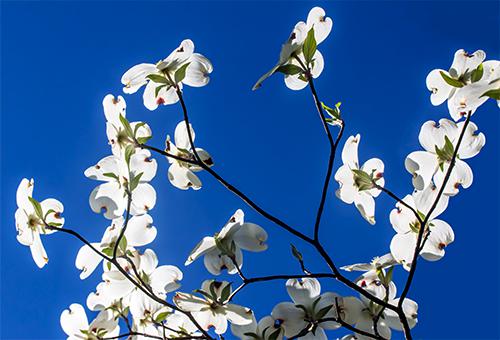
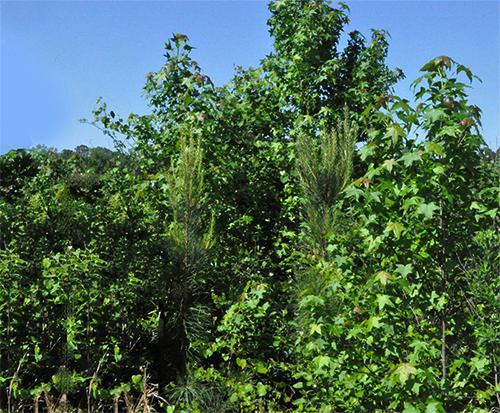
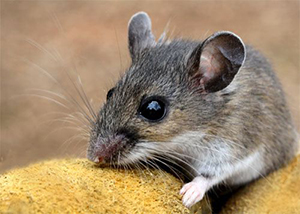 (Hispid Cotton Rats were the most plentiful species in the mid-1990s, followed by White-footed Mice, immature at right. In all, seven species were recorded--including what was believed to be the first known York County record of a Marsh Rice Rat.)
(Hispid Cotton Rats were the most plentiful species in the mid-1990s, followed by White-footed Mice, immature at right. In all, seven species were recorded--including what was believed to be the first known York County record of a Marsh Rice Rat.)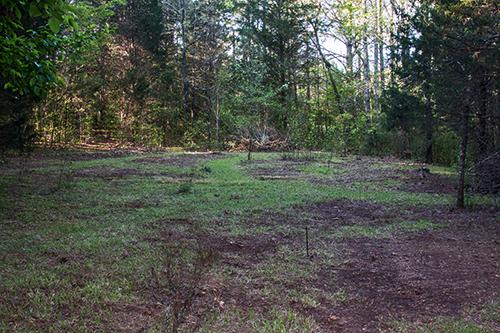


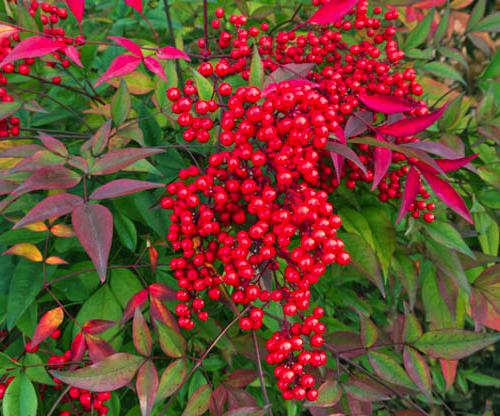
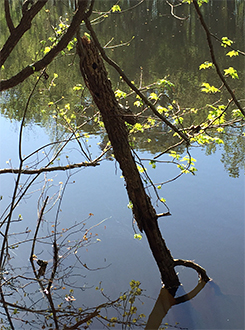
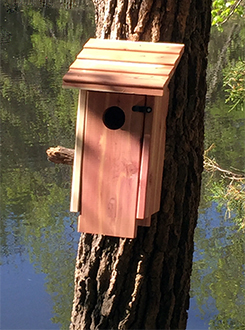
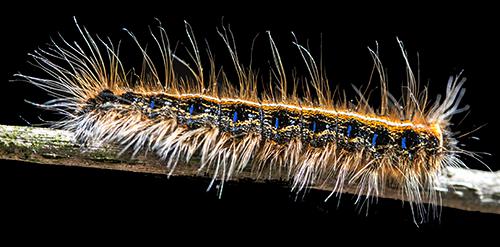
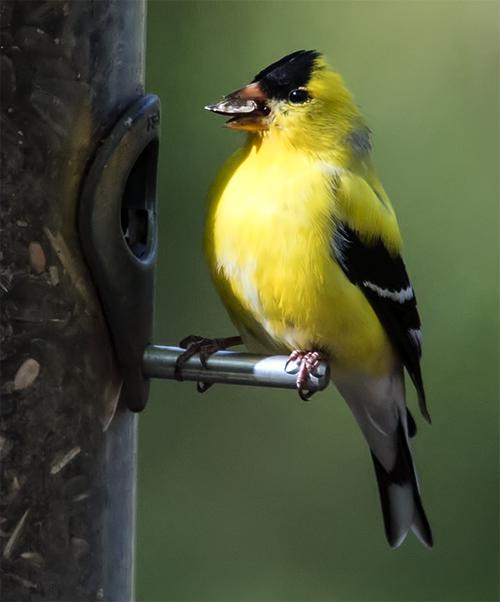
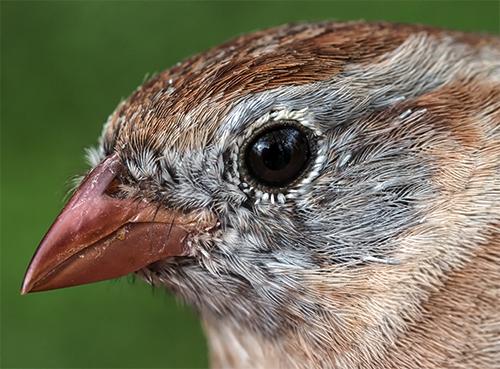
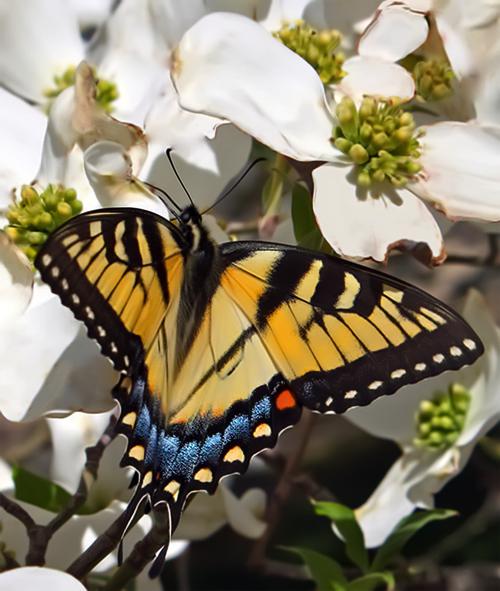
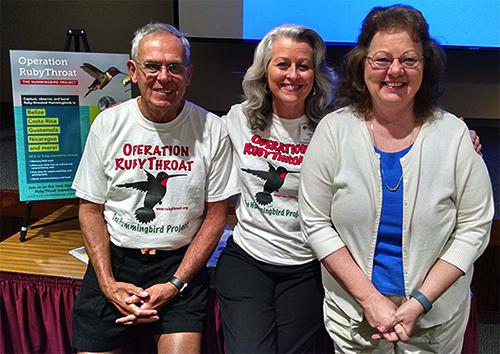
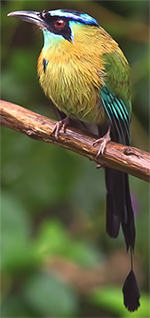 We now have more than 250
We now have more than 250 







 Oct 15 to Mar 15:
Oct 15 to Mar 15: Please report your spring, summer &
Please report your spring, summer &